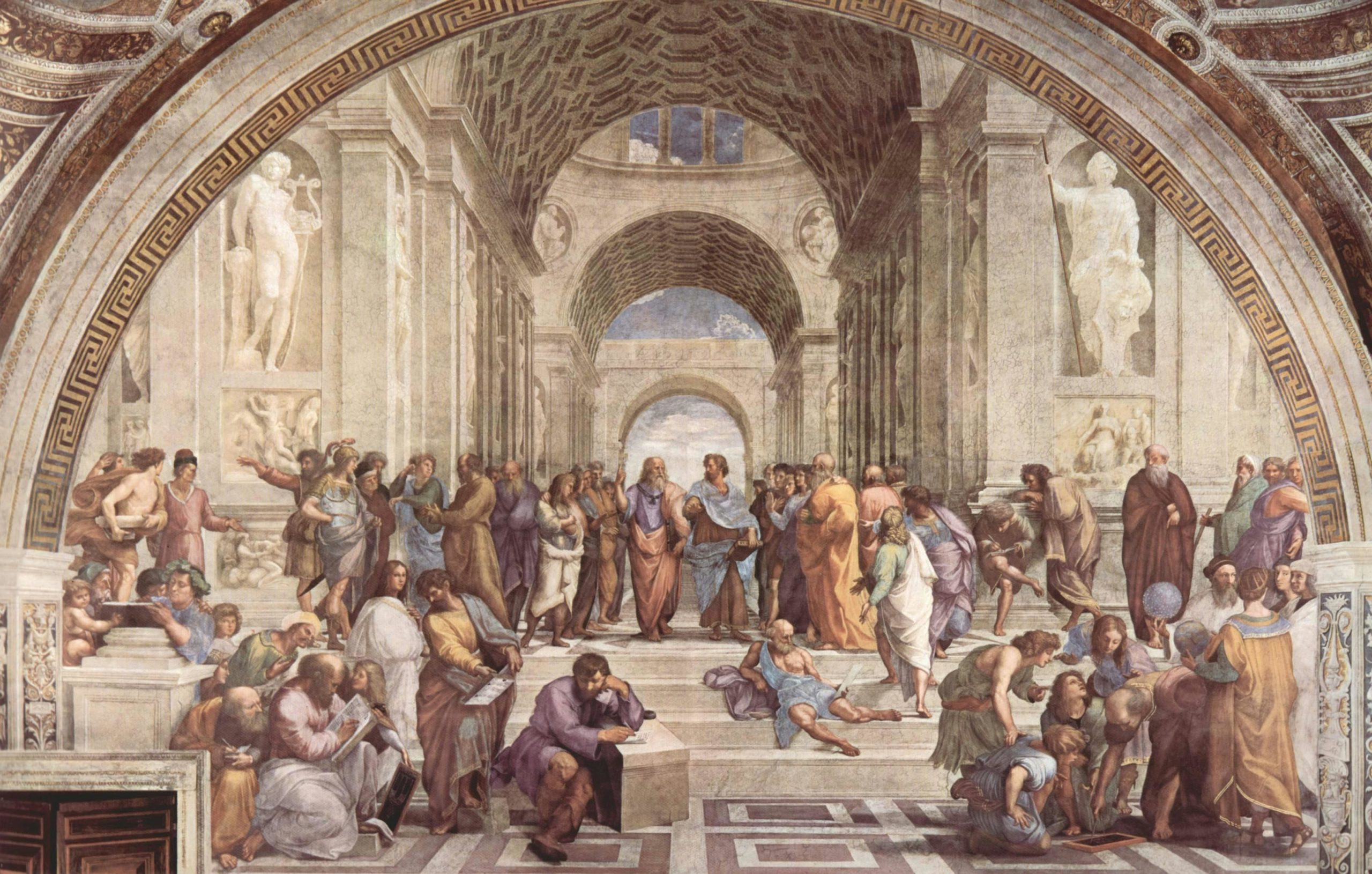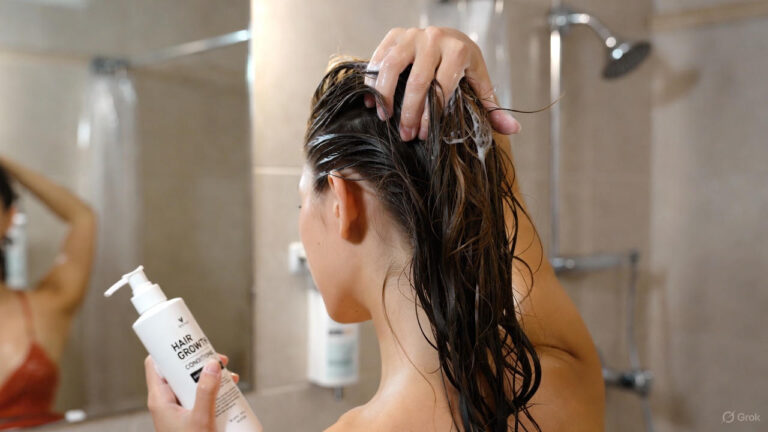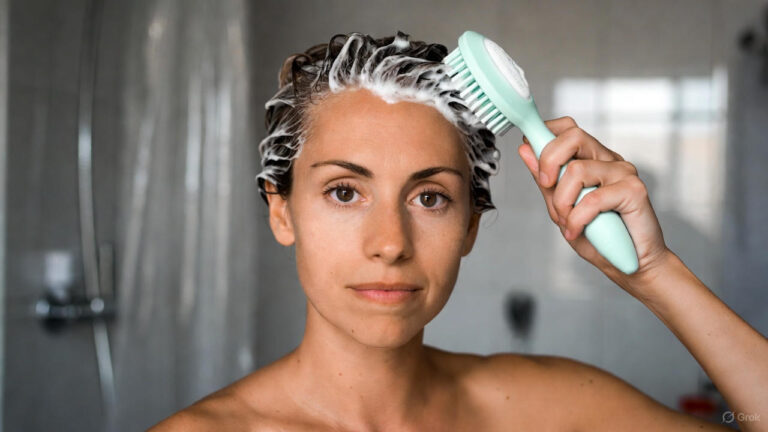The Renaissance was a period of profound cultural and artistic upheaval, marked by a resurgence of interest in classical learning, humanism, and the arts.
Central to this transformative movement was the concept of beauty—an idealized standard that permeated every aspect of Renaissance life, from literature and philosophy to architecture and, most notably, art.
In this article, we will delve into the role of beauty in the Renaissance art movement, examining how artists of this era sought to capture and celebrate the essence of beauty in their masterpieces, and exploring the enduring legacy of their artistic vision.
Beauty as a Central Theme in Renaissance Art
At the heart of Renaissance art lies a profound reverence for beauty—a reverence that finds expression in every brushstroke, every marble carving, and every carefully composed scene.
From the serene visage of the Madonna and Child to the muscular grace of Michelangelo’s David, beauty takes center stage in Renaissance art, serving as a unifying theme that transcends time and space.
In religious paintings, beauty serves as a conduit for spiritual enlightenment, with artists striving to depict divine figures and sacred scenes in a manner that inspires awe and reverence.
The Virgin Mary, in particular, is often depicted as the epitome of feminine beauty, her ethereal features and graceful demeanor serving as a symbol of purity, compassion, and maternal love. Similarly, depictions of Christ and the saints often emphasize their otherworldly beauty, conveying a sense of transcendent power and holiness.
The Idealized Human Form
One of the defining characteristics of Renaissance art is its obsession with the idealized human form. Inspired by the writings of ancient Greek philosophers such as Plato and Aristotle, Renaissance artists believed that beauty was synonymous with moral and intellectual virtue, and they sought to capture this ideal in their depictions of the human figure.
Sculptors like Donatello and painters like Leonardo da Vinci meticulously studied human anatomy and proportion, striving to create figures that embodied the perfect balance of grace, strength, and symmetry.
The nude figure, in particular, became a popular subject in Renaissance art, symbolizing the beauty and vulnerability of the human condition. Artists like Sandro Botticelli and Titian reveled in the opportunity to explore the contours of the human body, using light, shadow, and color to accentuate its natural beauty and sensuality.
Through their depictions of the nude form, Renaissance artists sought to celebrate the inherent dignity and divinity of humanity, while also exploring themes of love, desire, and mortality.
Beauty in Nature and the Natural World
In addition to the human form, Renaissance artists also found inspiration in the beauty of the natural world. Landscapes, flora, and fauna became popular subjects in paintings and sculptures, with artists like Albrecht Dürer and Jan van Eyck capturing the intricate details and vibrant colors of the world around them.
Through their meticulous observations of nature, Renaissance artists sought to evoke a sense of wonder and awe, inviting viewers to contemplate the beauty and complexity of creation.
In landscape paintings, beauty serves as a metaphor for the divine order of the universe, with serene vistas and idyllic scenes symbolizing the harmony and balance of the natural world.
Likewise, still-life paintings of flowers, fruits, and other objects of beauty invite viewers to appreciate the simple pleasures of everyday life, reminding them of the inherent beauty that surrounds them at every turn.
Beauty as a Reflection of Cultural Values
Beyond its aesthetic appeal, beauty in Renaissance art also served as a reflection of broader cultural values and ideals. The opulent palaces, grand cathedrals, and ornate gardens that populate Renaissance paintings and tapestries speak to the wealth, power, and sophistication of the era’s ruling elites.
Likewise, the idealized depictions of courtly love and chivalry in works like Botticelli’s “The Birth of Venus” and Raphael’s “The School of Athens” reflect the values of honor, virtue, and romanticism that were prized by Renaissance nobility.
Conclusion
The Renaissance was a golden age of artistic achievement, marked by a profound reverence for beauty and a commitment to the ideals of harmony, proportion, and balance. Through their masterful works of art, Renaissance artists sought to capture the essence of beauty in all its forms, from the idealized human figure to the awe-inspiring landscapes of the natural world. In doing so, they not only transformed the aesthetic and cultural landscape of their own time but also laid the foundation for centuries of artistic innovation and inspiration to come.
FAQs
Q1: What were some common techniques used by Renaissance artists to achieve realism and beauty in their paintings?
Renaissance artists employed various techniques to achieve realism and beauty in their paintings, including chiaroscuro (the use of light and shadow to create depth and dimension), sfumato (the blending of colors to create a soft, smoky effect), and linear perspective (the use of converging lines to create the illusion of depth and space).
Q2: How did Renaissance artists incorporate beauty into their sculptures?
Renaissance sculptors sought to capture the idealized human form through careful study of anatomy and proportion. They often used marble, bronze, and other materials to create lifelike sculptures that celebrated the beauty and grace of the human body.
Q3: Why was beauty such a central theme in Renaissance art?
Beauty was a central theme in Renaissance art because it was believed to be synonymous with moral and intellectual virtue. Renaissance artists sought to capture the ideal of beauty in their works as a way of celebrating the inherent dignity and divinity of humanity.
Q4: Did Renaissance artists only depict idealized forms of beauty, or did they also explore themes of imperfection and ugliness?
While Renaissance artists were known for their idealized depictions of beauty, they also explored themes of imperfection and ugliness in their works. For example, artists like Hieronymus Bosch and Pieter Bruegel the Elder created paintings that depicted scenes of human folly and vice, highlighting the darker aspects of human nature.
Q5: How did the Renaissance concept of beauty influence other art movements and periods?
The Renaissance concept of beauty had a profound influence on subsequent art movements and periods, including the Baroque, Rococo, and Neoclassical periods. Artists in these movements continued to explore themes of beauty, harmony, and proportion, while also pushing the boundaries of artistic expression and experimentation.



